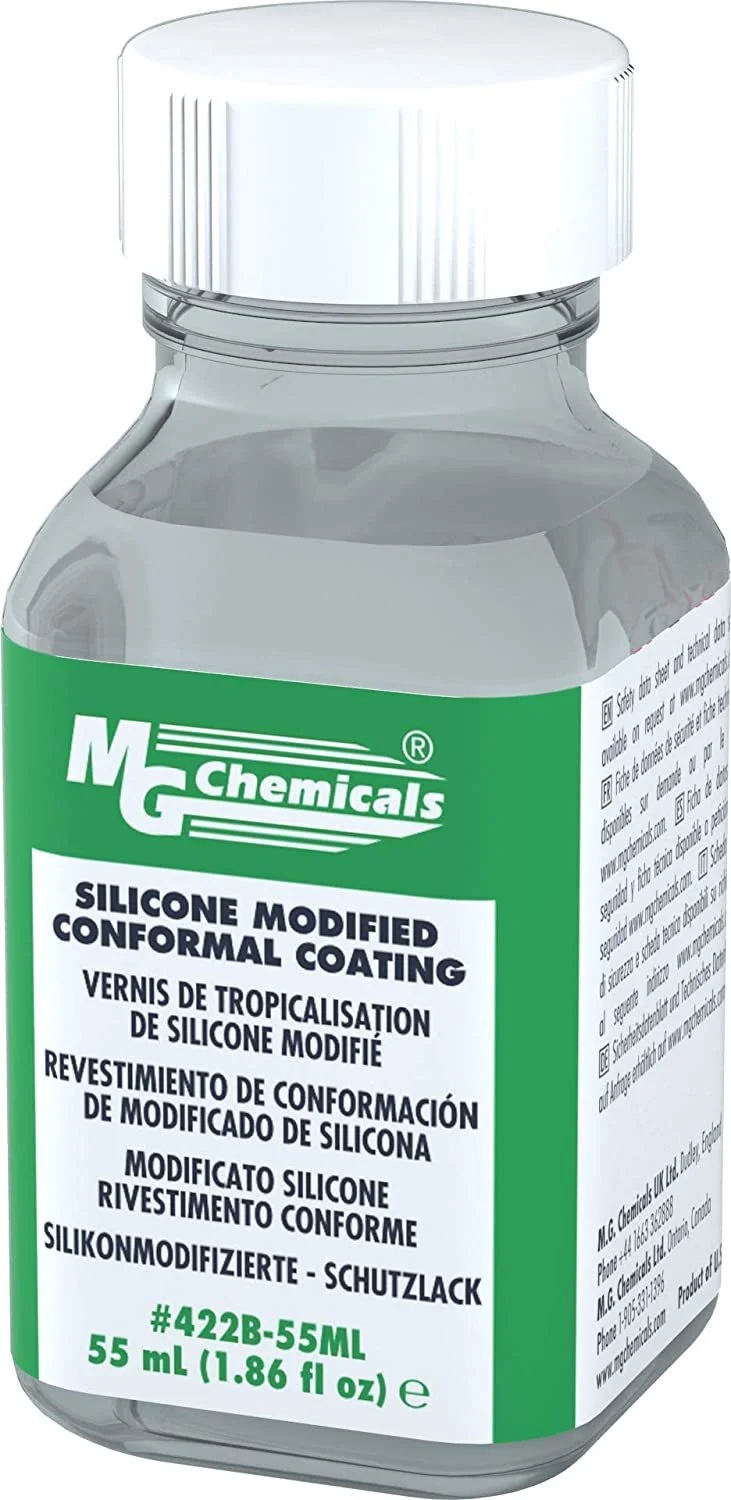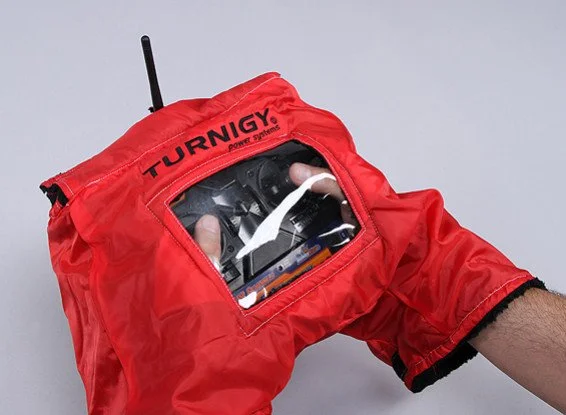Tips for Flying FPV Drones in Cold Weather
February, 2022
Just because the temperature drops in the winter doesn’t mean you can’t get outside and enjoy some FPV drone flying. These few tips will help you enjoy flying FPV all year round, and who knows, you might even find that there are things about flying in the winter that you enjoy even more than flying in the summer.
Conformal Coating
If you are flying in the winter and it is snowing or there is snow on the ground, the best way to protect your electronics is by covering them with a silicon based conformal coating. This will significantly reduce the chances that some moisture from the snow or condensation from transitioning from a warm car out into cold temps, will cause a short and fry some of your electronics.
You don’t have to cover your motors as they won’t short if they get wet. But you will want to cover your flight controller, ESC, video transmitter, receiver, and possibly parts of your camera. However you do have to be very careful when applying the coating. You don’t want to get any on buttons, usb ports, barometers, or camera sensors as the coating would prevent those components from operating correctly.
See this Oscar Liang tutorial for more information on conformal coating your components.
Fly From Inside Your Vehicle
Something that a lot of people don’t realize is that you can fly FPV from inside your car where you can keep your hands nice and warm without needing to wear gloves. Flying from your car will reduce your range a little bit and limits the locations you can fly, but it does make flying in extremely cold temperatures much more tolerable.
One thing to keep in mind is how the signal from your radio gets to your drone. If you have your radio in your lap when you fly and the signal has to go out through the car engine to get to the drone, there will be a lot of signal loss. However if the signal needs to travel through the side door of the car, it will not lose nearly as much strength. At first you might need to get a feel for what kind of reduction in range you will get, but after a few flights and some practice, you will get a good understanding of what works and what doesn’t for your particular situation.
Flying from inside your car also works for extremely hot days as well as locations where there are lots of biting insects!
Use Your Goggle Fan
In cold weather your goggles will have a tendency to fog up. To combat this, always make sure the goggle fan is running before flying. You definitely don’t want the lenses in your goggles fogging up unexpectedly during your flight.
Visibility Issues
Be aware that visibility in cold weather may not be the same as you are used to. This is especially true when flying low over a flat snow covered surface. Much like when you try to fly over a glassy smooth lake, it can be very hard to judge your distance from the ground when you are flying in flat snow conditions which generally occur on overcast days or when flying in shadows. One way to minimize this is to fly on clear days when the sun is creating some contrast or small shadows on the texture of the surface you are flying over.
Lost Model Finder
If you crash in deep soft snow, it can be quite difficult to spot exactly where you went down and the snow can really weaken your radio signal. To help with this issue, try using an independent buzzer device that will sound an alarm when you crash.
Use Your Car for Takeoffs and Landings
If you are flying from inside your car, you might as well make use of it for taking off and landing so you don’t have to do that in deep snow. Depending on your vehicle, you might be able to take off from the roof or hood. If you happen to own a vehicle that has a powered tailgate, you can leave it down until it is time to land, hit the button to open the tailgate, and land inside your vehicle as demonstrated in the video here.
Radio Transmitter Glove
If you are not flying from inside your car you will need to do something to keep your hands warm while you fly. Flying with gloves on can be very difficult because you don’t have the same connection to the sticks as you do without them. One solution to this problem is to use a “glove” or “mitten” ( really more of a big fuzzy bag ) that fits over both your radio and your hands to keep them warm.
Warm Clothing
I know this should seem obvious, but I learned this lesson the hard way. Just because you might be flying from the warmth of your car does not mean you shouldn’t bring cold weather clothing along like a coat, hat, gloves, and potentially boots. If you happen to crash a good distance away and have to walk through deep snow in frigid weather to retrieve your drone, you will be very glad you brought along that extra clothing.
Lipo Performance
The colder it gets, the worse your lipo batteries will perform. Do whatever you can to keep your batteries warm before you fly. If you are flying from inside your car, this won’t be as much of an issue because they will stay warm in the car. However if you are hiking to your flying spot, you will want to do something to keep them warm. One option would be to use an Ethix heated battery bag.
Once you are in the air, your batteries will generate some heat on their own, however they still won’t have quite the same performance that you are used to, especially if it is really cold out. The voltage will drop faster, the sag will be worse, and your flight times will be shorter. So keep and eye on the voltage in your OSD and keep your flight times lower than usual. Also be aware that if you rely on the mAh used reading, it may not accurately reflect how much power you can use from your battery when it is cold.
This goes for any battery, not just your flight packs. GoPro batteries won’t last as long in the cold either. On really cold days you might only get one flight out of a GoPro battery when it would normally last 5 flights or more. One thing I do when flying from inside my car is to rotate GoPro batteries for every flight. After a flight I will take the GoPro battery out, place it on a warm vent in my car and by the time I am done with the next flight, the battery will have warmed up enough to be used again. If you own a GoPro Hero 10, you might want to consider getting the special cold weather battery they now make for that camera.
Plastic
You should be aware that in general, plastic becomes more and more brittle as the temperatures drop. Even 3D printed TPU parts can become rigid and shatter easily on extremely cold flights. If you can, bring spare TPU parts just in case. I have also noticed that antenna tubes and props are much more likely to shatter in cold weather when they would have bent in the summer.
New Flying Spots
Winter, cold weather, snow, and ice can open up new opportunities to fly. A spot that might be packed with people in the summer might be deserted when it becomes uncomfortably cold out. If you are nervous about flying over open water, you might find that flying over a frozen lake does not have the same risk of losing your drone forever. So go out and explore and find those spots you avoided in the summer and see if they are a great winter flying location.









